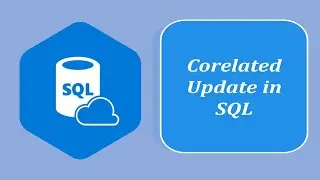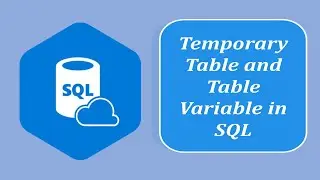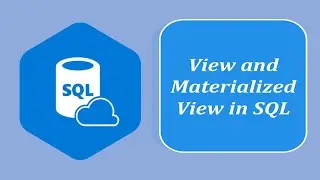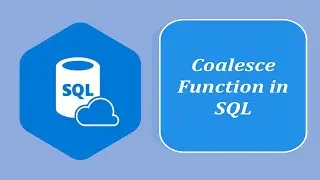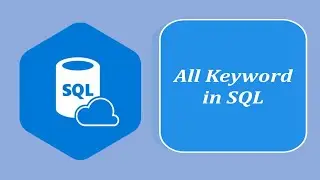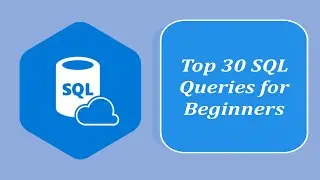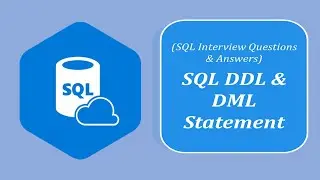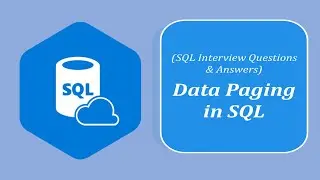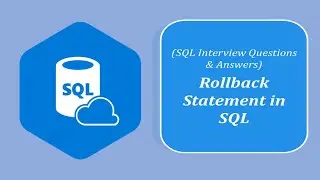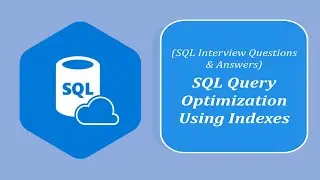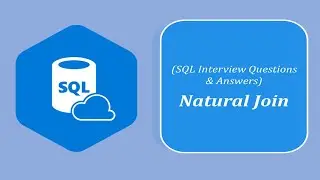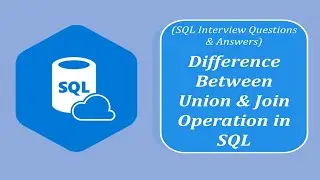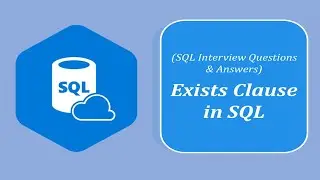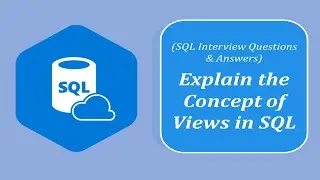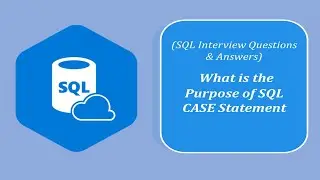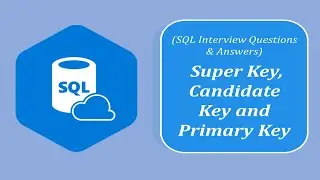SQL Interview Question and Answers | SQL | Structured Query Language
SQL, or Structured Query Language, is a domain-specific programming language used for managing and manipulating relational databases. SQL provides a standardized way to communicate with and interact with relational database management systems (RDBMS) like Microsoft SQL Server, Oracle Database, MySQL, PostgreSQL, and many others.
Key characteristics and purposes of SQL include:
1. **Data Querying**: SQL is used to retrieve data from a database. You can write queries to specify the data you want to retrieve, filter, and sort it.
2. **Data Modification**: SQL allows you to insert, update, and delete data in a database. You can add new records, modify existing data, and remove unwanted data.
3. **Data Definition**: SQL supports the creation and management of database objects such as tables, views, indexes, and constraints. You can define the structure of the data and how it relates to other data.
4. **Data Manipulation**: SQL provides powerful tools for transforming and manipulating data. You can combine data from multiple tables, aggregate data, and create calculated columns.
5. **Data Access Control**: SQL includes features for defining who can access data and what operations they can perform. This is important for data security and access control.
#sql
6. **Transaction Management**: SQL allows you to work with transactions, ensuring that a series of database operations either all succeed or all fail.
7. **Data Integrity and Constraints**: You can enforce data integrity rules using SQL constraints, ensuring that data remains accurate and consistent.
SQL is based on a set of statements that fall into several categories:
1. **Data Query Language (DQL)**: DQL statements retrieve data from the database. The primary DQL statement is `SELECT`.
2. **Data Definition Language (DDL)**: DDL statements define and manage the structure of the database, including creating and altering tables, views, and indexes. Common DDL statements include `CREATE`, `ALTER`, and `DROP`.
3. **Data Manipulation Language (DML)**: DML statements manipulate data by inserting, updating, and deleting records. Common DML statements include `INSERT`, `UPDATE`, and `DELETE`.
4. **Data Control Language (DCL)**: DCL statements control access to data. They grant or revoke permissions and manage transactions. Common DCL statements include `GRANT` and `REVOKE`.
5. **Data Query Language (TCL)**: TCL statements manage transactions. Common TCL statements include `COMMIT` and `ROLLBACK`.
SQL is a widely used language in the field of database management and is essential for anyone working with databases, from database administrators to software developers, data analysts, and business intelligence professionals. It provides a common and standardized way to interact with and manage relational databases, making it a fundamental tool for working with data in various applications and industries.
![Vs-Code COMMENTS SHORTCUT ITS VERY EASY[FOR HTML AND CSS]](https://images.videosashka.com/watch/YDUnWgsbwog)




![[НОВИНКА] Doom: The Dark Ages на 5090 (13.05.2025)](https://images.videosashka.com/watch/9GdISCrOtjk)



